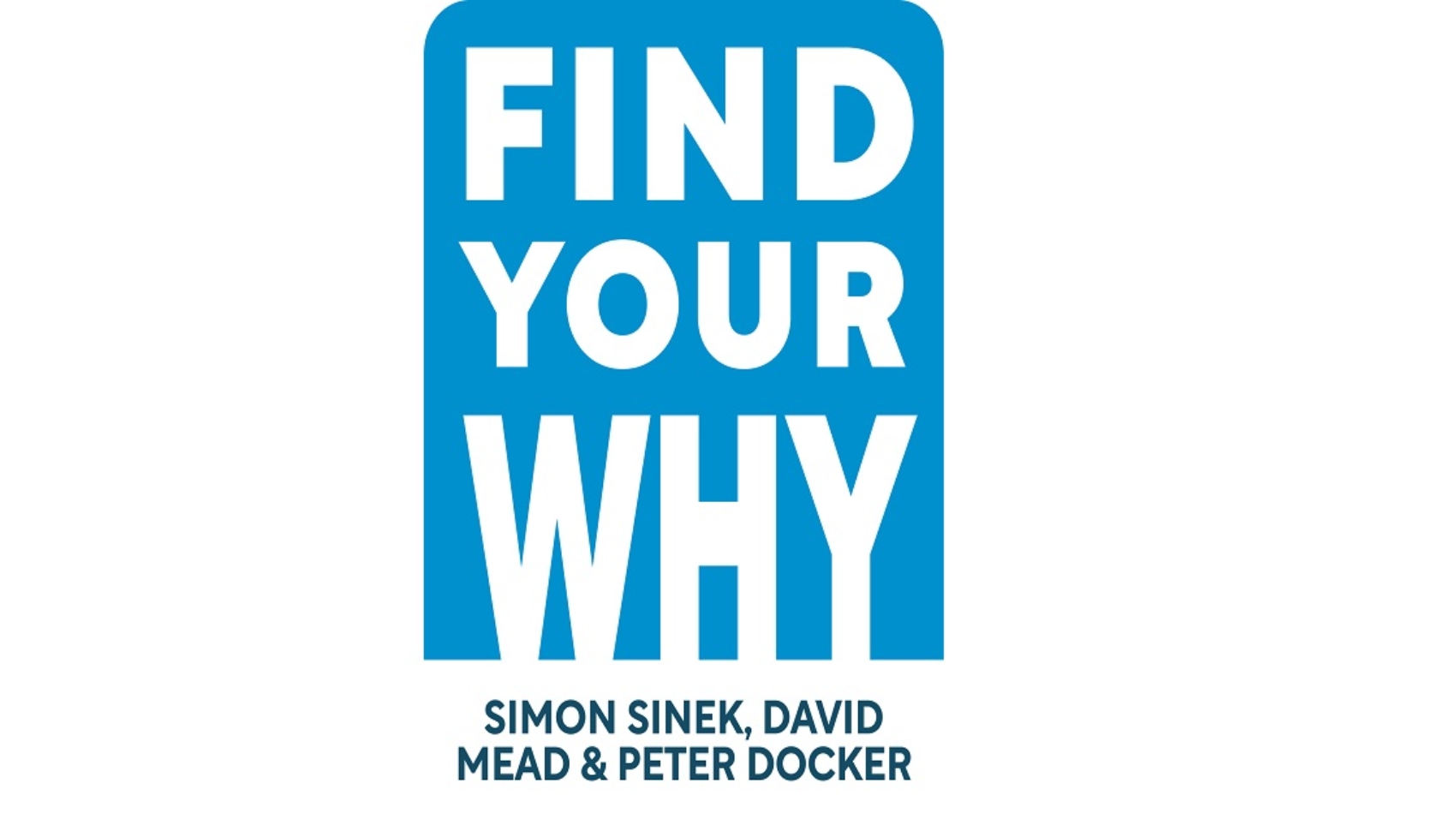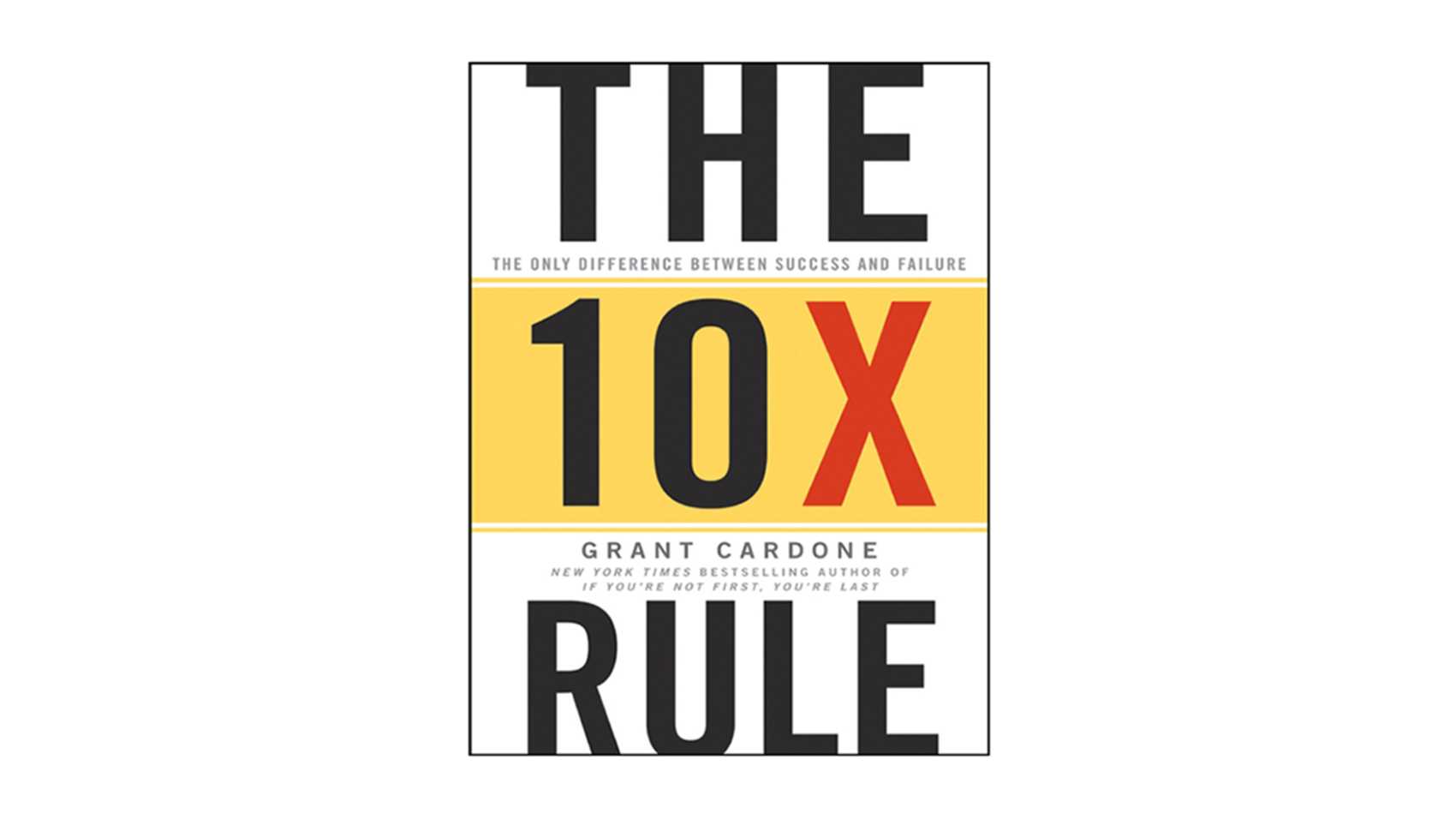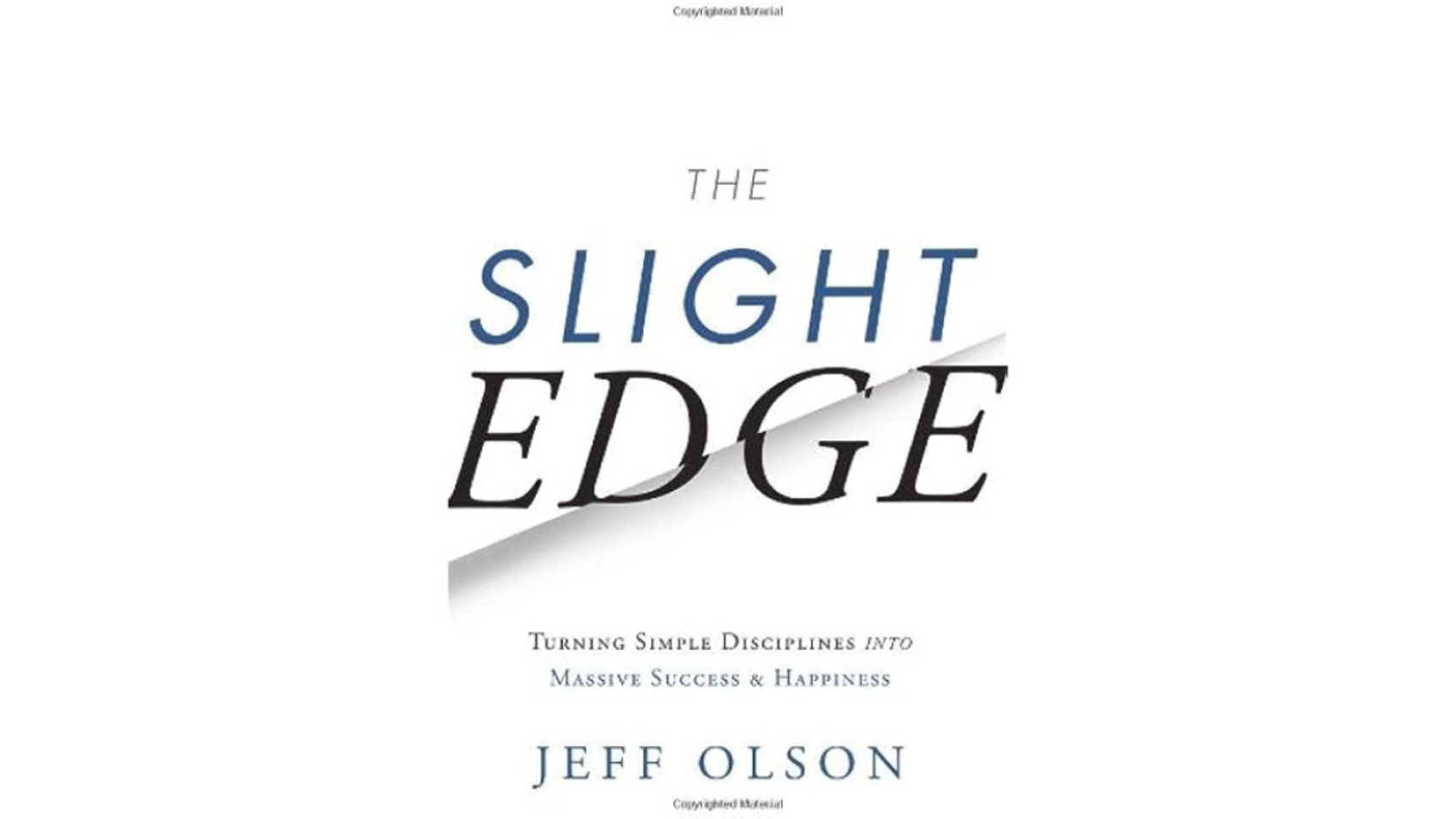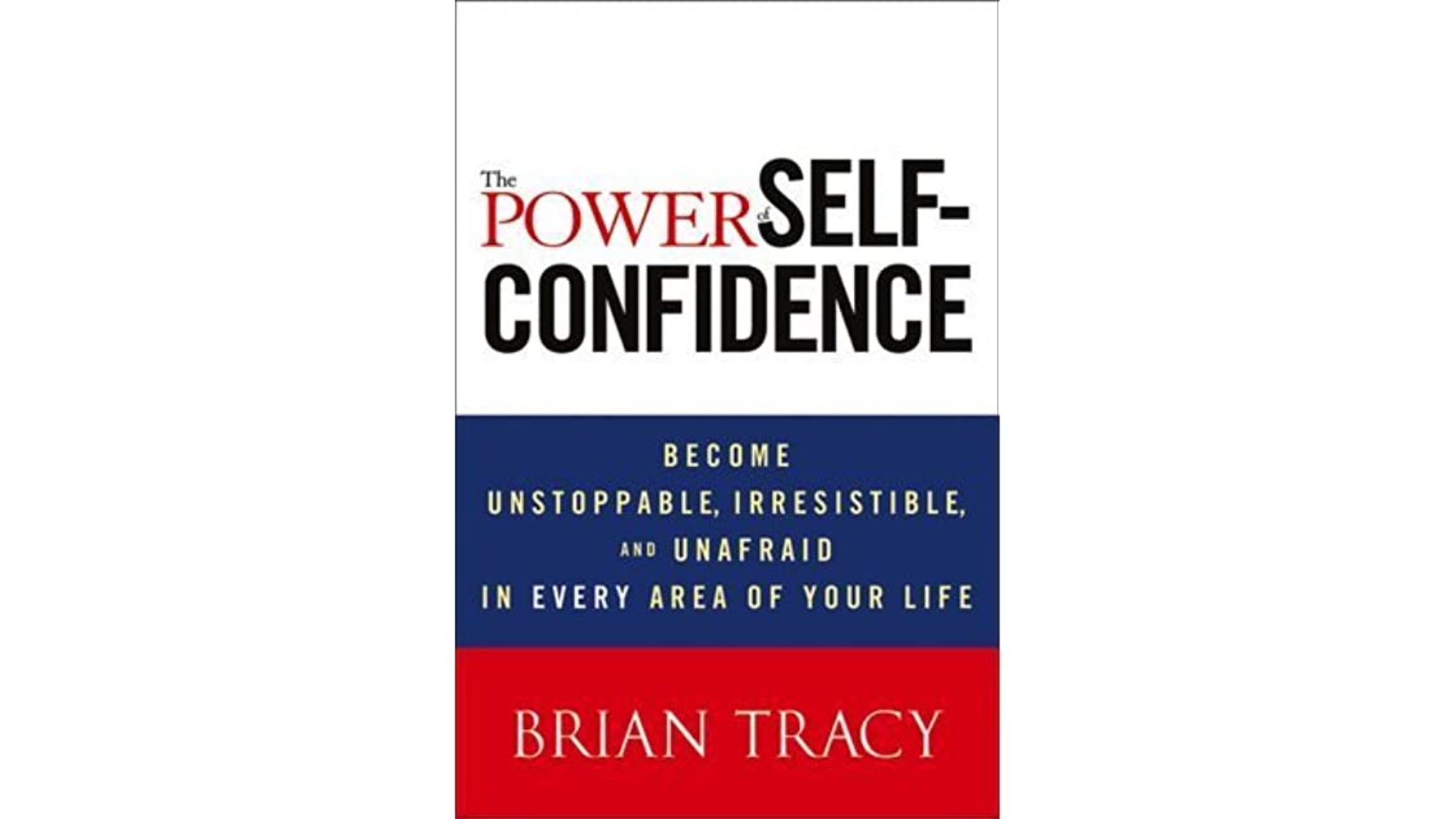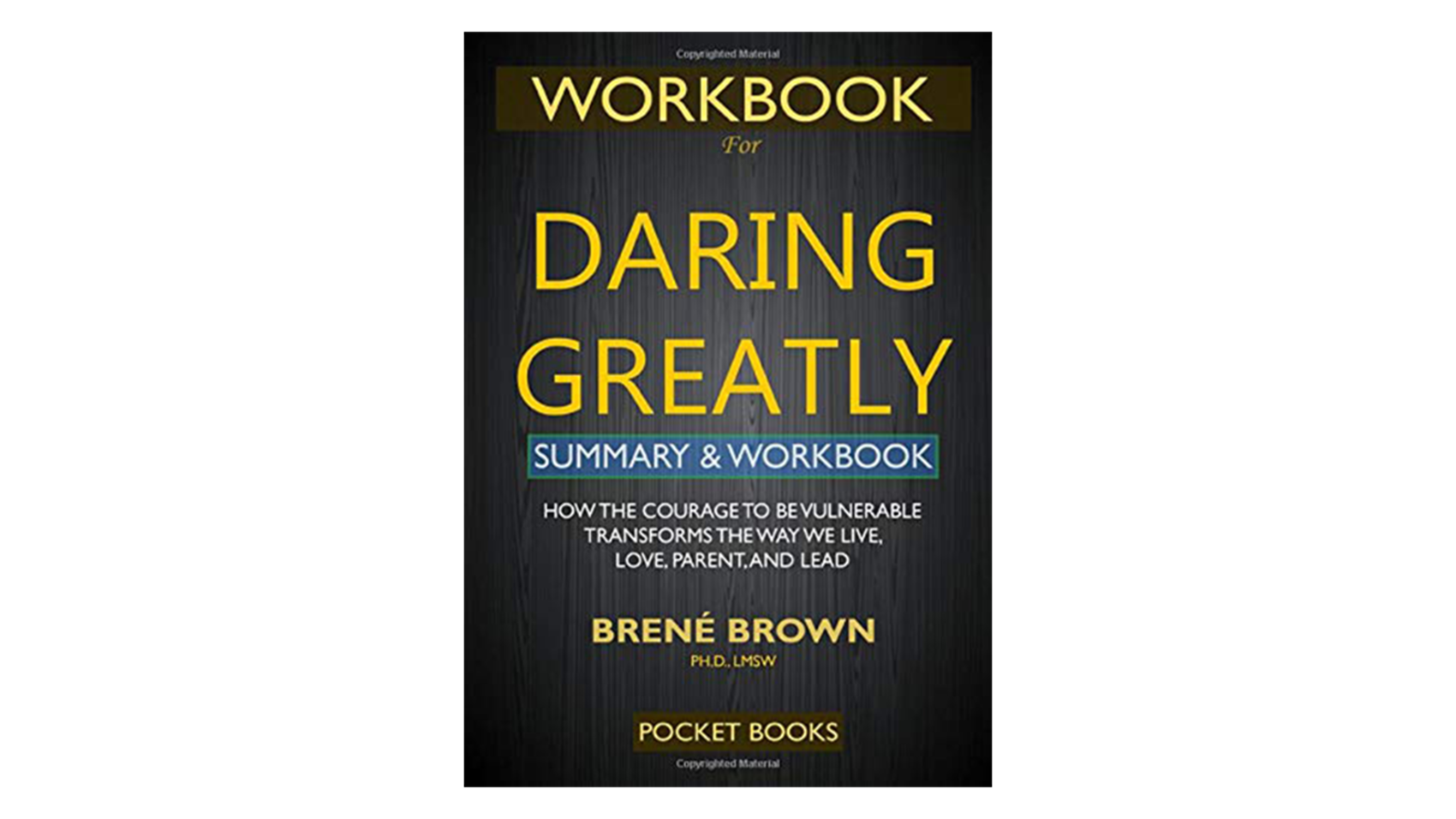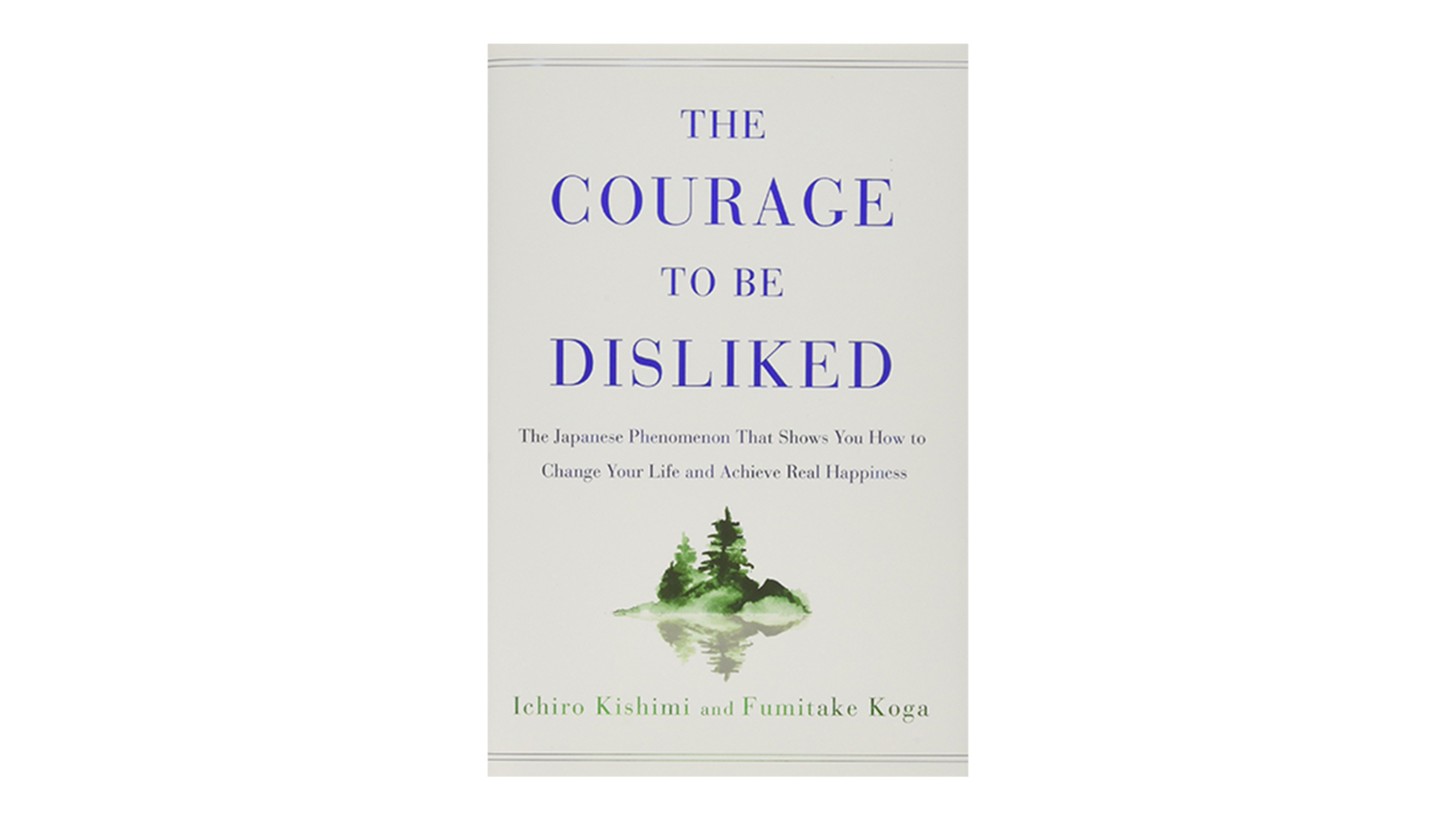This is test expers
“Find Your Why” – Uncovering Purpose and Inspiration
“Find Your Why” – Uncovering Purpose and Inspiration
“Find Your Why” is a compass Simon Sinek created to guide seekers on a journey of self-discovery through the maze of life’s meaning. This book solves the riddle of discovering one’s purpose in life like a tapestry made of wisdom-infused strands.
Sinek navigates the depths of human drive as he embarks on a search for purpose. The essence of the book is an elixir made from anecdotes, vivid metaphors, and psychological insights that satisfy the hunger for knowing one’s purpose in life.
“Find Your Why” meticulously sketches a picture of the meeting point of passion and purpose. Sinek orchestrates a symphony of revelation in his writing as it effortlessly transitions between self-reflection and practical advice. It reveals a tapestry where regular stories become remarkable sources of inspiration.
Sinek lays out the steps for finding the treasure inside, leading readers like a trailblazing sherpa. It’s a siren’s call that reverberates over the wide expanse of human potential, a compass that directs hearts toward unexplored waters of fulfillment.
“Find Your Why” is a lighthouse that cuts through the fog, exposing the harbor of purpose in a world that is frequently hidden by the ordinary. It puts the pieces of existence together to form a meaningful quilt while knitting together the story of human striving.
Therefore, dive into “Find Your Why.” Allow its pages to envelop you in a maelstrom of complexity and simplicity as they create a road map for you to find the brilliant diamond of your existence in life’s mosaic.
The Book in 3 Sentences
- Uncovering Purpose: Simon Sinek’s book “Find Your Why” takes readers on a profound trip through the complex web of human motivation and purpose while deftly tying in psychology and tales to reveal the core of each person’s special calling.
- Passion-Fueled Compass: Sinek’s work serves as an enlightening compass that guides readers through the complex interaction between passion and purpose. It expertly combines reflection with practical advice, lighting a path to reveal the remarkable within the mundane.
- Lighthouse of Significance: “Find Your Why” shines as a beacon of clarity, dispelling the mist of uncertainty in a world that is frequently shrouded in the banal. It weaves a story of human aspiration, assisting people in creating their own unique symphony of existence within the complex tapestry of life.
Impressions
The common impressions that I had after engaging with “Find Your Why” by Simon Sinek:
1. Eureka Moments of Clarity: Journey through the pages of “Find Your Why,” a symphony of aha moments resonates. Sinek’s eloquent storytelling and thought-provoking insights unlock chambers of understanding, leaving an indelible mark of clarity on the path to self-discovery.
2. Purpose as a Compass: The book leaves an impression of purpose being not just an abstract concept, but a tangible compass. Sinek’s guidance weaves through the labyrinth of individuality, propelling readers to navigate their lives with a newfound sense of direction and intentionality.
3. Empowerment Through Action: “Find Your Why” doesn’t merely stir emotions; it ignites action. The fusion of narrative and practical exercises fuels an impression of empowerment. Readers are armed with tools to excavate their own wellsprings of motivation, transforming insights into actionable steps.
4. Narrative Tapestry of Humanity: A prevailing impression is that the book unveils a narrative tapestry of humanity’s shared quest for purpose. Sinek’s narrative brush strokes merge individual stories into a collective masterpiece, underlining the interconnectedness of human aspirations.
5. Resonance with Authenticity: “Find Your Why” strikes chords of authenticity. You find yourselves resonating with the idea that embracing your true purpose isn’t a luxury but a necessity. The book’s message echoes, encouraging us to unfurl our unique banners of significance.
How I Discovered It
I watched Simon’s video on YouTube which intrigued me and made me curious. I ended up getting the book the very next day.
Who Should Read It?
The call of “Find Your Why” is a resonant melody that harmonizes with a spectrum of seekers and explorers. This book is an elixir for those who dare to tread the path of self-discovery and purposeful living. It beckons to:
- Aspiring Visionaries: Those who yearn to manifest their dreams into reality, to paint their visions on the canvas of existence. “Find Your Why” offers a compass to navigate the labyrinth of aspirations and breathe life into them.
- Leaders and Change-Makers: For leaders who aspire to create lasting impact, the book provides a symphony of guidance. It unlocks the art of inspiring teams and igniting movements by understanding and communicating a shared purpose.
- Explorers of Identity: Individuals who seek to unravel the enigma of their identity, to unearth their core values and passions, find in this book a roadmap to their inner landscapes.
- Career Pilgrims: The book beckons to those at crossroads, contemplating career shifts or seeking fulfillment in their professional journeys. It offers a lantern to illuminate the path toward work that aligns with personal purpose.
- Life Architects: Whether crafting personal relationships or designing life’s trajectory, this book is a blueprint for architects of meaningful and intentional lives.
- Educators and Mentors: Teachers, mentors, and parents looking to inspire and guide the next generation find in “Find Your Why” a treasure trove of insights to nurture purpose-driven individuals.
- Curious Souls: Those who are curious about the deeper currents of human motivation, the intricate dance between passion and purpose, will find this book a compelling exploration.
- Empowerment Seekers: Readers who wish to move beyond passivity and embrace empowerment by understanding the “why” behind their actions will discover a roadmap to meaningful agency.
How the Book Changed Me
Upon delving into the transformative pages of “Find Your Why,” I underwent a metamorphosis that rippled through my very essence. As I absorb the insights and wisdom, a constellation of changes begins to unfold:
1. Clarified Purpose: The book acts as a celestial map, guiding me to my North Star of purpose. Clarity dawned as I unveiled my unique “why,” infusing my actions with intention and direction. It became a compass, filtering decisions through the prism of purpose.
2. Inspired Action: Armed with a newfound understanding of my purpose, I took steps with renewed vigor. Procrastination yielded purpose-driven action, as each endeavor became a manifestation of my core beliefs.
3. Deeper Connections: The tapestry of relationships was rewoven with threads of authenticity. Armed with my “why,” I forged connections based on shared values, fostering meaningful bonds that resonated on a profound level.
4. Resilient Mindset: Embracing my purpose fueled resilience in the face of challenges. The understanding that every trial is a step on my purposeful journey imbued me with unwavering determination.
5. Leadership Transcendence: For me as a leader, the transformation extended to my teams. As I inspired them to articulate their “why,” and nurtured a culture where each member’s purpose harmonizes with the collective mission.
6. Liberated Creativity: Unshackled by uncertainty, creativity bloomed as I aligned my endeavors with my “why.” My synergy started to breed innovative solutions and approaches that resonate with my core beliefs.
7. Embrace of Change: A newfound purpose fostered adaptability. I embraced change as an opportunity to grow, evolve, and further align myself with my authentic self.
My Top 3 Quotes
- “Within the labyrinth of existence, purpose is the compass that guides us through the maze of possibilities.”
- “In the symphony of life, passion is the melody, and purpose is the conductor that orchestrates our harmonious existence.”
- “Embrace your ‘why’ like a cherished secret; it’s the key that unlocks the doors to your true potential.”
- “The canvas of our actions is painted with the brush of purpose, each stroke a reflection of our innermost values.”
- “When purpose and action dance in unison, they create a choreography of impact that reverberates far beyond ourselves.”
- “Life’s tapestry is woven with threads of ‘why,’ every stitch contributing to the masterpiece of our legacy.”
- “In the mosaic of human connection, purpose is the adhesive that binds souls, forging bonds that transcend the ordinary.”
- “Discovering your ‘why’ is akin to finding a treasure map to your own heart, guiding you to the riches of authentic living.”
- “Purpose is the north wind that propels us forward, regardless of the storms we encounter on our journey.”
- “Unveil your ‘why’ like a rare jewel, let it illuminate your path and shine a light for others seeking their way.”
Detailed Notes//Key Topics (Key topics from the book are)
“Find Your Why” by Simon Sinek unfurls a tapestry of profound insights, guiding readers through a labyrinth of purpose and self-discovery. Key topics from the book include:
- Unearthing Your Why: The book embarks on a quest to uncover the core purpose that drives individuals. It delves into the process of introspection and exploration needed to unearth one’s intrinsic motivation and values.
- The Golden Circle: Building upon Sinek’s earlier work, the book introduces the concept of the Golden Circle, which emphasizes starting with “why” before addressing “how” and “what.” It explores how aligning actions with purpose can lead to lasting success and fulfillment.
- Stories of Inspiration: Through real-life stories and case studies, the book illustrates how individuals and organizations have found and utilized their “whys” to create meaningful impacts. These narratives offer practical examples of purpose in action.
- Shared Values and Culture: The book emphasizes the importance of shared values within teams and organizations. It delves into how a clear and compelling “why” can shape a positive culture and inspire collaboration.
- Leadership with Purpose: Leadership takes center stage as the book explores how understanding and articulating one’s “why” can make leaders more effective. It showcases how leaders who embody their purpose can inspire and guide their teams.
- Communicating Your Why: The book delves into the art of effective communication, demonstrating how to convey one’s purpose authentically and compellingly. It provides tools to inspire others and foster connections based on shared values.
- Creating Lasting Impact: “Find Your Why” resonates with the idea that purpose-driven actions create a legacy of significance. It explores how aligning daily choices with one’s “why” can lead to a life marked by lasting impact.
- Sustaining Motivation: The book addresses the concept of motivation and how a clear sense of purpose can serve as a wellspring of energy and determination. It offers strategies to sustain motivation over time.
- Fostering Innovation: Purpose is presented as a catalyst for innovation. By igniting passion and aligning efforts, a well-defined “why” can spark creative solutions to challenges.
- Applying ‘Why’ to Various Aspects: The book extends the concept of “why” beyond individual life to areas like organizations, relationships, and society. It explores how understanding purpose can influence various spheres of existence.
The Compound Effect
jumpstart Your Income, Your Life, Your Success by Darren Hardy
The Slight Edge by Jeff Olson
This book helped me understand how habits are formed and what we can do to build long-lasting chains of cues, cravings, responses, and rewards to create systems that will help us achieve our goals.
Book
TABLE OF CONTENTS
🚀 The Book in 3 Sentences
🎨 Impressions
👤 Who Should Read It?
☘️ How the Book Changed Me
✍️ My Top 3 Quotes
📒 Summary + Notes
🔁 What are habits?
🧑⚖️ There are 4 laws of behaviour change that we can use to create good habits and break the bad ones
⏳ It takes time to build a habit or break a bad one and that’s why most people quit halfway
⚙️ Adopt a systems-first approach instead of focusing on goals
🪞 To form good habits, make them a part of your identity
Read more on Amazon
🚀 The Book in 3 Sentences
Real change comes from the compound effects of hundreds of small decisions or habits that over time accumulate to produce remarkable results.
To achieve our goals we need to first build systems made of single processes and habits that will take us to our goals.
Habits are the compound interest of self-improvement – it’s the good and bad things that we do each and every day that compound over time to create real change.
🎨 Impressions
This book helped me understand the difference between systems and goals and why the former is more important. By making small habits a part of our identity we can over time get to our goals no matter how big or small they are.
👤 Who Should Read It?
There’s really no limit to who should read Atomic Habits. We’re all “made of” habits therefore this book is inherently about our behaviours and what all of us do every day. That being said, you’ll really enjoy this book if:
You care about achieving your goals,
You want to deliberately change your habits,
You want to discover how habits are formed,
You want to know how you can build systems that will support your goals.
☘️ How the Book Changed Me
It helped me build healthy habits like going to the gym or taking my supplements.
From now on whenever I seek to change my behaviour I look inwards trying to change my identity first instead of starting with the desired outcome.
I realised that systems are more important than goals since systems are what really takes us to our goals. (Remember – journey before destination – systems are like the journey and the goals are our destinations).
I definitely notice much more of what I do each day. Every little thing – good or bad – becomes a habit over time that will compound and work for or against us depending on whether it’s positive or negative!
✍️ My Top 3 Quotes
Success is the product of daily habits—not once-in-a-lifetime transformations.
Time magnifies the margin between success and failure. It will multiply whatever you feed it. Good habits make time your ally. Bad habits make time your enemy.
Goals are about the results you want to achieve. Systems are about the processes that lead to those results.
📒 Summary + Notes
🔁 What are habits?
Habits are the compound interest of self-improvement.
And when we repeat 1% errors, day after day, through replicating poor decisions, duplicating tiny mistakes, and rationalising little excuses, our small choices compound into toxic results.
🧑⚖️ There are 4 laws of behaviour change that we can use to create good habits and break the bad ones
A single habit is made of a cue, craving, response, and reward. And these components are formed according to the 4 laws of behaviour change:
Make it obvious – the habit needs to be effortless for us and require no active thinking. For example, when I had a hard time remembering to take my Vitamin D pills. I realised that the problem was that I kept these pills on the other side of the kitchen. Once I put them in the obvious spot that I couldn’t miss, I started taking them more regularly.
Make it attractive – if the habit is unattractive we likely won’t have enough willpower to do it over and over. Therefore, you should come up with some ways to make the habit attractive even if it’s something hard like going to a gym or studying for long hours. For me, it was restricting my fantasy audiobooks listen-time to when I was at the gym which made the whole workout thing much more pleasurable.
Make it easy – the less friction there is between you and the habit, the greater the chances are that you’ll actually do it. This applies to simple things like packing your gym bag a day before you want to go to the gym or preparing a healthy meal to make sure that you don’t order another takeaway.
Make it immediately satisfying – our brain rewards immediate returns so it’s good to come up with something simple that brings us joy right after we perform our habit. Every time I go to the gym, I hop into a pool and spend 10 to 20 minutes in a spa. I know that it sounds a bit excessive but this little routine makes me much more optimistic about spending an hour or two in the gym.
⏳ It takes time to build a habit or break a bad one and that’s why most people quit halfway
Time magnifies the margin between success and failure. It will multiply whatever you feed it. Good habits make time your ally. Bad habits make time your enemy.
If you find yourself struggling to build a good habit or break a bad one, it is not because you have lost your ability to improve. It’s often because you’ve not yet crossed the Plateau of Latent Potential. Complaining about not achieving success despite working hard is like complaining about an ice cube not melting when you heated it from twenty-five to thirty-one degrees. Your work was not wasted, it’s just being stored. All the action happens at thirty-two degrees.
San Antonio Spurs, one of the most successful teams in NBA history, have a quote from social reformer Jacob Riis hanging in their locker room:
“When nothing seems to help, I go and look at a stonecutter hammering away at his rock, perhaps a hundred times without as much as a crack showing in it. Yet at the hundred and first blow it will split in two, and I know it was not that last blow that did it—but all that had gone before.”
⚙️ Adopt a systems-first approach instead of focusing on goals
Goals are about the results you want to achieve. Systems are about the processes that lead to those results.
The goal in any sport is to finish with the best score, but it would be ridiculous to spend the whole game staring at the scoreboard. The only way to actually win is to get better each day. In the words of three-time Super Bowl winner Bill Walsh, “The score takes care of itself.” The same is true for other areas of life.
If you want better results, then forget about setting goals. Focus on your system instead.
Goals are good for setting a direction, but systems are best for making progress. A handful of problems arise when you spend too much time thinking about your goals and not enough time designing your systems.
A systems-first mentality provides the antidote. When you fall in love with the process rather than the product, you don’t have to wait to give yourself permission to be happy. You can be satisfied anytime your system is running. And a system can be successful in many different forms, not just the one you first envision.
The purpose of setting goals is to win the game. The purpose of building systems is to continue playing the game. True long-term thinking is goal-less thinking. It’s not about any single accomplishment. It is about the cycle of endless refinement and continuous improvement. Ultimately, it is your commitment to the process that will determine your progress
You do not rise to the level of your goals. You fall to the level of your systems.
🪞 To form good habits, make them a part of your identity
Our habits should be a part of our identity and the starting point of building it. Most of us get this wrong – we start with outcomes and work backwards towards our identity. But when a habit comes from who we are, it serves as the best form of intrinsic motivation.
For example, I had to change my thinking regarding eating healthy. Before reading Atomic Habits I was thinking that if I want to reduce my belly fat, I must follow Tim Ferriss’ Slow Carb diet which will make me a healthy person (outcome -> identity).
But a correct identity-based approach would be for me to think that I’m a healthy person therefore, as a healthy person, I’ll eat wholesome food and exercise regularly which will then lead to reduced belly fat (identity -> outcome).
Most people don’t even consider identity change when they set out to improve. They just think, “I want to be skinny (outcome) and if I stick to this diet, then I’ll be skinny (process).”
They set goals and determine the actions they should take to achieve those goals without considering the beliefs that drive their actions.
They never shift the way they look at themselves, and they don’t realise that their old identity can sabotage their new plans for change. Behind every system of actions is a system of beliefs.
The goal is not to read a book, the goal is to become a reader.
The goal is not to run a marathon, the goal is to become a runner.
The goal is not to learn an instrument, the goal is to become a musician.
Many people walk through life in a cognitive slumber, blindly following the norms attached to their identity.
“I’m terrible with directions.”
“I’m not a morning person.”
“I’m bad at remembering people’s names.”
“I’m always late.”
“I’m not good with technology.”
“I’m horrible at math.” … and a thousand other variations.
When you have repeated a story to yourself for years, it’s easy to slide into these mental grooves and accept them as a fact.
Over the long run, however, the real reason you fail to stick with habits is that your self-image gets in the way. This is why you can’t get too attached to one version of your identity. Progress requires unlearning. Becoming the best version of yourself requires you to continuously edit your beliefs, and to upgrade and expand your identity.
Your identity emerges out of your habits. You are not born with preset beliefs. Every belief, including those about yourself, is learned and conditioned through experience.
More precisely, your habits are how you embody your identity. When you make your bed each day, you embody the identity of an organised person. When you write each day, you embody the identity of a creative person. When you train each day, you embody the identity of an athletic person.
Whatever your identity is right now, you only believe it because you have proof of it. If you go to church every Sunday for twenty years, you have evidence that you are religious. If you study biology for one hour every night, you have evidence that you are studious. If you go to the gym even when it’s snowing, you have evidence that you are committed to fitness. The more evidence you have for a belief, the more strongly you will believe it.
This is a gradual evolution. We do not change by snapping our fingers and deciding to be someone entirely new. We change bit by bit, day by day, habit by habit. We are continually undergoing microevolution of the self.
Each habit is like a suggestion: “Hey, maybe this is who I am.” If you finish a book, then perhaps you are the type of person who likes reading. If you go to the gym, then perhaps you are the type of person who likes exercise. If you practice playing the guitar, perhaps you are the type of person who likes music.
Every action you take is a vote for the type of person you wish to become.
Building better habits isn’t about littering your day with life hacks. It’s not about flossing one tooth each night or taking a cold shower each morning or wearing the same outfit each day. It’s not about achieving external measures of success like earning more money, losing weight, or reducing stress. Habits can help you achieve all of these things, but fundamentally they are not about having something. They are about becoming someone.
Ultimately, your habits matter because they help you become the type of person you wish to be. They are the channel through which you develop your deepest beliefs about yourself. Quite literally, you become your habits.
If you’re still having trouble determining how to rate a particular habit, here is a question I like to use: “Does this behaviour help me become the type of person I wish to be? Does this habit cast a vote for or against my desired identity?” Habits that reinforce your desired identity are usually good. Habits that conflict with your desired identity are usually bad.
Many people think they lack motivation when what they really lack is clarity. It is not always obvious when and where to take action.
“Disciplined” people are better at structuring their lives in a way that does not require heroic willpower and self-control. In other words, they spend less time in tempting situations.
The people with the best self-control are typically the ones who need to use it the least. It’s easier to practice self-restraint when you don’t have to use it very often.6 So, yes, perseverance, grit, and willpower are essential to success, but the way to improve these qualities is not by wishing you were a more disciplined person, but by creating a more disciplined environment.
It is easy to get bogged down trying to find the optimal plan for change: the fastest way to lose weight, the best program to build muscle, the perfect idea for a side hustle. We are so focused on figuring out the best approach that we never get around to taking action. As Voltaire once wrote, “The best is the enemy of the good.”
If the motion doesn’t lead to results, why do we do it? Sometimes we do it because we actually need to plan or learn more. But more often than not, we do it because motion allows us to feel like we’re making progress without running the risk of failure.
Most of us are experts at avoiding criticism. It doesn’t feel good to fail or to be judged publicly, so we tend to avoid situations where that might happen. And that’s the biggest reason why you slip into motion rather than taking action: you want to delay failure. It’s easy to be in motion and convince yourself that you’re still making progress. You think, “I’ve got conversations going with four potential clients right now. This is good. We’re moving in the right direction.” Or, “I brainstormed some ideas for that book I want to write. This is coming together.” Motion makes you feel like you’re getting things done. But really, you’re just preparing to get something done. When preparation becomes a form of procrastination, you need to change something. You don’t want to merely be planning. You want to be practising.
If you want to master a habit, the key is to start with repetition, not perfection. You don’t need to map out every feature of a new habit. You just need to practice. This is the first takeaway of the 3rd Law: you just need to get your reps in.
The greater the obstacle—that is, the more difficult the habit—the more friction there is between you and your desired end state. This is why it is crucial to make your habits so easy that you’ll do them even when you don’t feel like it. If you can make your good habits more convenient, you’ll be more likely to follow through on them.
Certainly, you are capable of doing very hard things. The problem is that some days you feel like doing the hard work and some days you feel like giving in. On tough days, it’s crucial to have as many things working in your favour as possible so that you can overcome the challenges life naturally throws your way. The less friction you face, the easier it is for your stronger self to emerge.
“When I walk into a room everything is in its right place,” Nuckols wrote. “Because I do this every day in every room, stuff always stays in good shape …. People think I work hard but I’m actually really lazy. I’m just proactively lazy. It gives you so much time back.”
We are more likely to repeat a behaviour when the experience is satisfying. This is entirely logical. Feelings of pleasure—even minor ones like washing your hands with soap that smells nice and lathers well—are signals that tell the brain: “This feels good. Do this again, next time.” Pleasure teaches your brain that a behaviour is worth remembering and repeating.
Every habit produces multiple outcomes across time. Unfortunately, these outcomes are often misaligned. With our bad habits, the immediate outcome usually feels good, but the ultimate outcome feels bad. With good habits, it is the reverse: the immediate outcome is unenjoyable, but the ultimate outcome feels good. The French economist Frédéric Bastiat explained the problem clearly when he wrote, “It almost always happens that when the immediate consequence is favourable, the later consequences are disastrous, and vice versa… Often, the sweeter the first fruit of a habit, the more bitter are its later fruits.”
Put another way, the costs of your good habits are in the present. The costs of your bad habits are in the future.
The brain’s tendency to prioritise the present moment means you can’t rely on good intentions. When you make a plan—to lose weight, write a book, or learn a language—you are actually making plans for your future self. And when you envision what you want your life to be like, it is easy to see the value in taking actions with long-term benefits. We all want better lives for our future selves. However, when the moment of decision arrives, instant gratification usually wins. You are no longer making a choice for Future You, who dreams of being fitter or wealthier or happier. You are choosing for Present You, who wants to be full, pampered, and entertained. As a general rule, the more immediate pleasure you get from an action, the more strongly you should question whether it aligns with your long-term goals.
Here’s the problem: most people know that delaying gratification is the wise approach. They want the benefits of good habits: to be healthy, productive, at peace. But these outcomes are seldom top-of-mind at the decisive moment. Thankfully, it’s possible to train yourself to delay gratification—but you need to work with the grain of human nature, not against it. The best way to do this is to add a little bit of immediate pleasure to the habits that pay off in the long run and a little bit of immediate pain to ones that don’t.
The vital thing in getting a habit to stick is to feel successful—even if it’s in a small way. The feeling of success is a signal that your habit paid off and that the work was worth the effort. In a perfect world, the reward for a good habit is the habit itself. In the real world, good habits tend to feel worthwhile only after they have provided you with something. Early on, it’s all sacrifice. You’ve gone to the gym a few times, but you’re not stronger or fitter or faster—at least, not in any noticeable sense. It’s only months later, once you shed a few pounds or your arms gain some definition, that it becomes easier to exercise for its own sake. In the beginning, you need a reason to stay on track. This is why immediate rewards are essential. They keep you excited while the delayed rewards accumulate in the background.
Immediate reinforcement can be especially helpful when dealing with habits of avoidance, which are behaviours you want to stop doing. It can be challenging to stick with habits like “no frivolous purchases” or “no alcohol this month” because nothing happens when you skip happy hour drinks or don’t buy that pair of shoes. It can be hard to feel satisfied when there is no action in the first place. All you’re doing is resisting temptation, and there isn’t much satisfying about that.
One solution is to turn the situation on its head. You want to make avoidance visible. Open a savings account and label it for something you want—maybe “Leather Jacket.” Whenever you pass on a purchase, put the same amount of money in the account. Skip your morning latte? Transfer $5. Pass on another month of Netflix? Move $10 over. It’s like creating a loyalty program for yourself. The immediate reward of seeing yourself save money toward the leather jacket feels a lot better than being deprived. You are making it satisfying to do nothing.
It is worth noting that it is important to select short-term rewards that reinforce your identity rather than ones that conflict with it. Buying a new jacket is fine if you’re trying to lose weight or read more books, but it doesn’t work if you’re trying to budget and save money. Instead, taking a bubble bath or going on a leisurely walk are good examples of rewarding yourself with free time, which aligns with your ultimate goal of more freedom and financial independence. Similarly, if your reward for exercising is eating a bowl of ice cream, then you’re casting votes for conflicting identities, and it ends up being a wash. Instead, maybe your reward is a massage, which is both a luxury and a vote toward taking care of your body. Now the short-term reward is aligned with your long-term vision of being a healthy person.
Eventually, as intrinsic rewards like a better mood, more energy, and reduced stress kick in, you’ll become less concerned with chasing the secondary reward. The identity itself becomes the reinforcer. You do it because it’s who you are and it feels good to be you. The more a habit becomes part of your life, the less you need outside encouragement to follow through. Incentives can start a habit. Identity sustains a habit.
In summary, a habit needs to be enjoyable for it to last. Simple bits of reinforcement—like soap that smells great or toothpaste that has a refreshing mint flavour or seeing $50 hit your savings account—can offer the immediate pleasure you need to enjoy a habit. And change is easy when it is enjoyable.
“Don’t break the chain” is a powerful mantra. Don’t break the chain of sales calls and you’ll build a successful book of business. Don’t break the chain of workouts and you’ll get fit faster than you’d expect. Don’t break the chain of creating every day and you will end up with an impressive portfolio.
The first mistake is never the one that ruins you. It is the spiral of repeated mistakes that follows. Missing once is an accident. Missing twice is the start of a new habit.
You don’t realise how valuable it is to just show up on your bad (or busy) days. Lost days hurt you more than successful days help you. If you start with $100, then a 50 percent gain will take you to $150. But you only need a 33 percent loss to take you back to $100. In other words, avoiding a 33 percent loss is just as valuable as achieving a 50 percent gain. As Charlie Munger says, “The first rule of compounding: Never interrupt it unnecessarily.”
This is why the “bad” workouts are often the most important ones. Sluggish days and bad workouts maintain the compound gains you accrued from previous good days. Simply doing something—ten squats, five sprints, a push-up, anything really—is huge. Don’t put up a zero. Don’t let losses eat into your compounding.
Furthermore, it’s not always about what happens during the workout. It’s about being the type of person who doesn’t miss workouts. It’s easy to train when you feel good, but it’s crucial to show up when you don’t feel like it—even if you do less than you hope. Going to the gym for five minutes may not improve your performance, but it reaffirms your identity.
The secret to maximising your odds of success is to choose the right field of competition. This is just as true with habit change as it is with sports and business. Habits are easier to perform and more satisfying to stick with when they align with your natural inclinations and abilities. Like Michael Phelps in the pool or Hicham El Guerrouj on the track, you want to play a game where the odds are in your favour.
When you can’t win by being better, you can win by being different. By combining your skills, you reduce the level of competition, which makes it easier to stand out. You can shortcut the need for a genetic advantage (or for years of practice) by rewriting the rules. A good player works hard to win the game everyone else is playing. A great player creates a new game that favours their strengths and avoids their weaknesses.
“At some point it comes down to who can handle the boredom of training every day, doing the same lifts over and over and over.”
People talk about getting “amped up” to work on their goals. Whether it’s business or sports or art, you hear people say things like, “It all comes down to passion.” Or, “You have to really want it.” As a result, many of us get depressed when we lose focus or motivation because we think that successful people have some bottomless reserve of passion. But this coach was saying that really successful people feel the same lack of motivation as everyone else. The difference is that they still find a way to show up despite the feelings of boredom.
As Machiavelli noted, “Men desire novelty to such an extent that those who are doing well wish for a change as much as those who are doing badly.”
I can guarantee that if you manage to start a habit and keep sticking to it, there will be days when you feel like quitting. When you start a business, there will be days when you don’t feel like showing up. When you’re at the gym, there will be sets that you don’t feel like finishing. When it’s time to write, there will be days that you don’t feel like typing. But stepping up when it’s annoying or painful or draining to do so, that’s what makes the difference between a professional and an amateur.
Professionals stick to the schedule; amateurs let life get in the way. Professionals know what is important to them and work toward it with purpose; amateurs get pulled off course by the urgencies of life.
David Cain, an author and meditation teacher, encourages his students to avoid being “fair-weather meditators.” Similarly, you don’t want to be a fair-weather athlete or a fair-weather writer or a fair-weather anything. When a habit is truly important to you, you have to be willing to stick to it in any mood. Professionals take action even when the mood isn’t right. They might not enjoy it, but they find a way to put the reps in.
There have been a lot of sets that I haven’t felt like finishing, but I’ve never regretted doing the workout. There have been a lot of articles I haven’t felt like writing, but I’ve never regretted publishing on schedule. There have been a lot of days I’ve felt like relaxing, but I’ve never regretted showing up and working on something that was important to me.
If you’d like to check out more of my Book Summaries, you might find these interesting.


